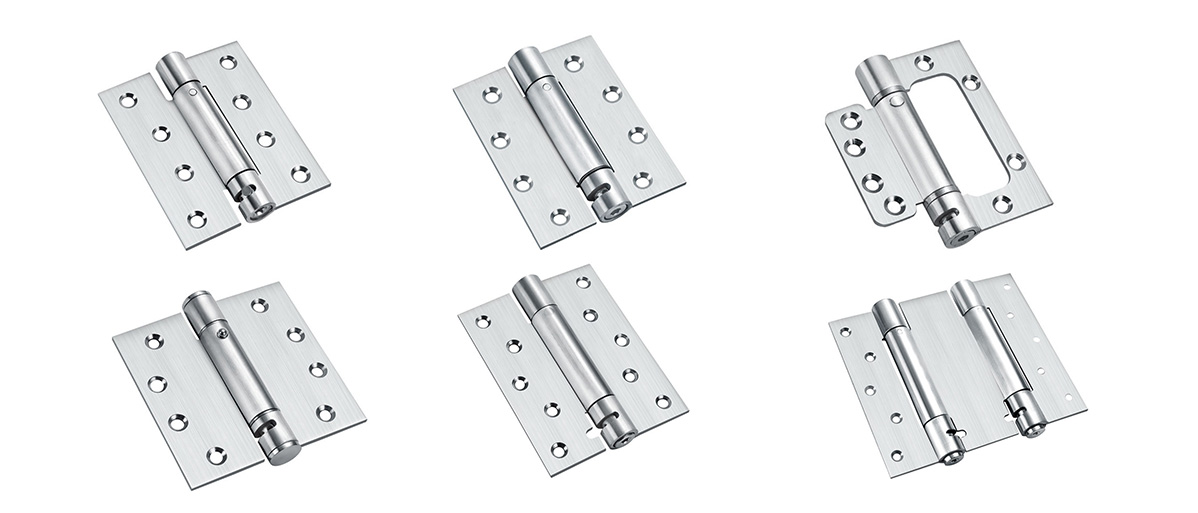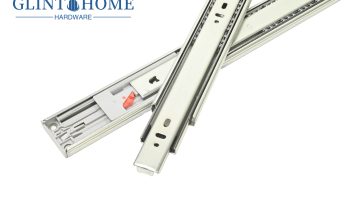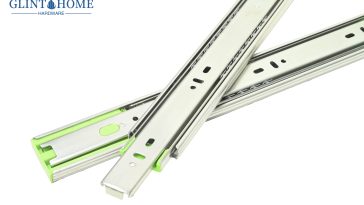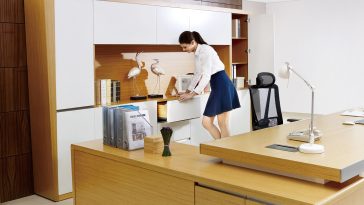While most commonly associated with doors, hinges are used in a wide range of applications, some of which include cabinets, windows, briefcases, gates and storage containers. With their rotating axis, they allow two joined objects to move freely. On a door, for example, a hinge allows the door to swing open and closed. Whether you’re purchasing a hinge for a door or any other application, though, there a few things to consider when choosing one.
1) Environment
What type of environment will the hinge be used in? If you intend to use it outdoors or in other humid environments, you should choose a hinge made of a rust-resistant material. Stainless steel hinges are a popular choice because, unlike other metals, they don’t succumb to rust when used in a humid environment.
2) Size
You should also consider size when choosing a hinge. Specifically, pay attention to the hinge width, hinge height and knuckle length. If your hinge isn’t sized to fit the objects with which you intend to use it, you’ll need to choose a different hinge.
3) Living or Traditional
Traditional hinges are made of a hard material, such as stainless steel. Some hinges, however, are made of a soft and flexible material. Known as a living hinge, it’s able to flex, thereby absorbing some of the shock produced by the connected objects as they move.
4) Fastener Holes
Look to see how many fastener holes a hinge has and where those fastener holes are located. A typical butt hinge may have just four fastener holes, which is perfectly fine for most applications. You can drive a screw through each of the four holes to secure the hinge in place. But other hinges may have up to a dozen fastener holes, allowing you to create a strong and more secure junction with the connected objects.
5) Strength
Strength is something else to consider when choosing a hinge. If you intend to use the hinge to connect heavy objects, you’ll need to choose a material that’s able to withstand the objects’ weight. Heavy-duty hinges are designed specifically for high-stress applications such as this. They are usually made of thick stainless steel to provide a superior level of strength when compared to other hinges.
6) Piano
If you need to install a hinge across the entire vertical length of an object, you should choose a piano hinge. Also known as a continuous hinge, a piano hinge is characterized by an elongated design. They are available in custom lengths, allowing you to use a single piano hinge to connect two long objects rather than multiple, shorter hinges.






 No products in the cart.
No products in the cart.